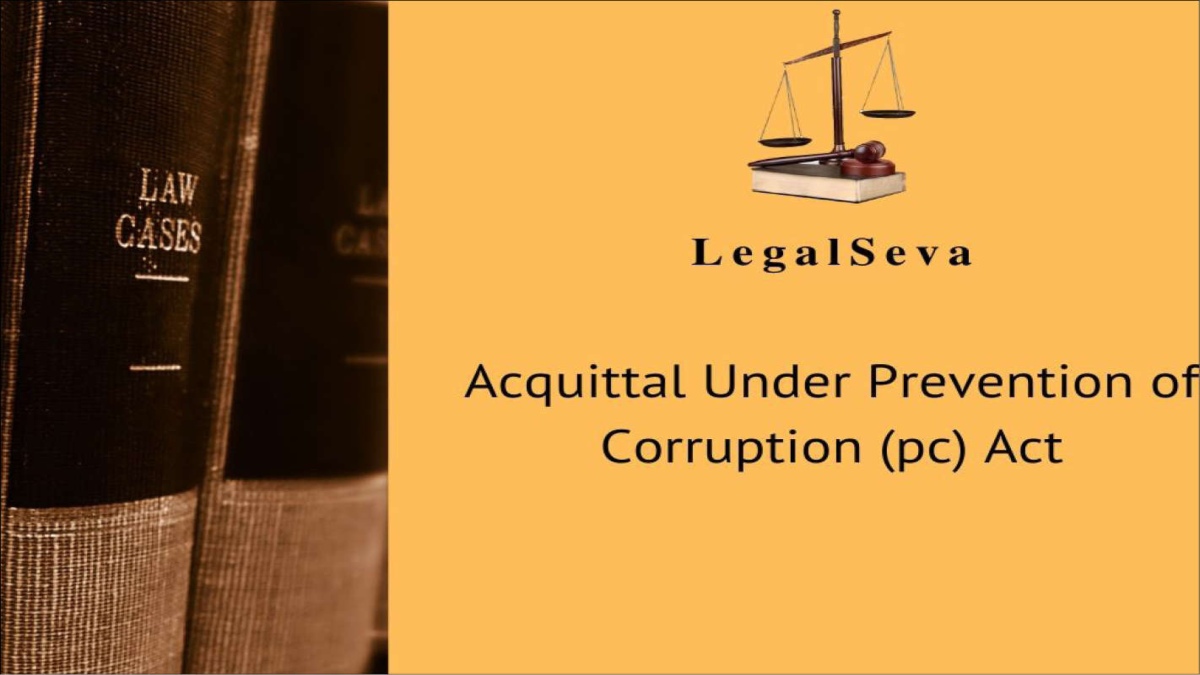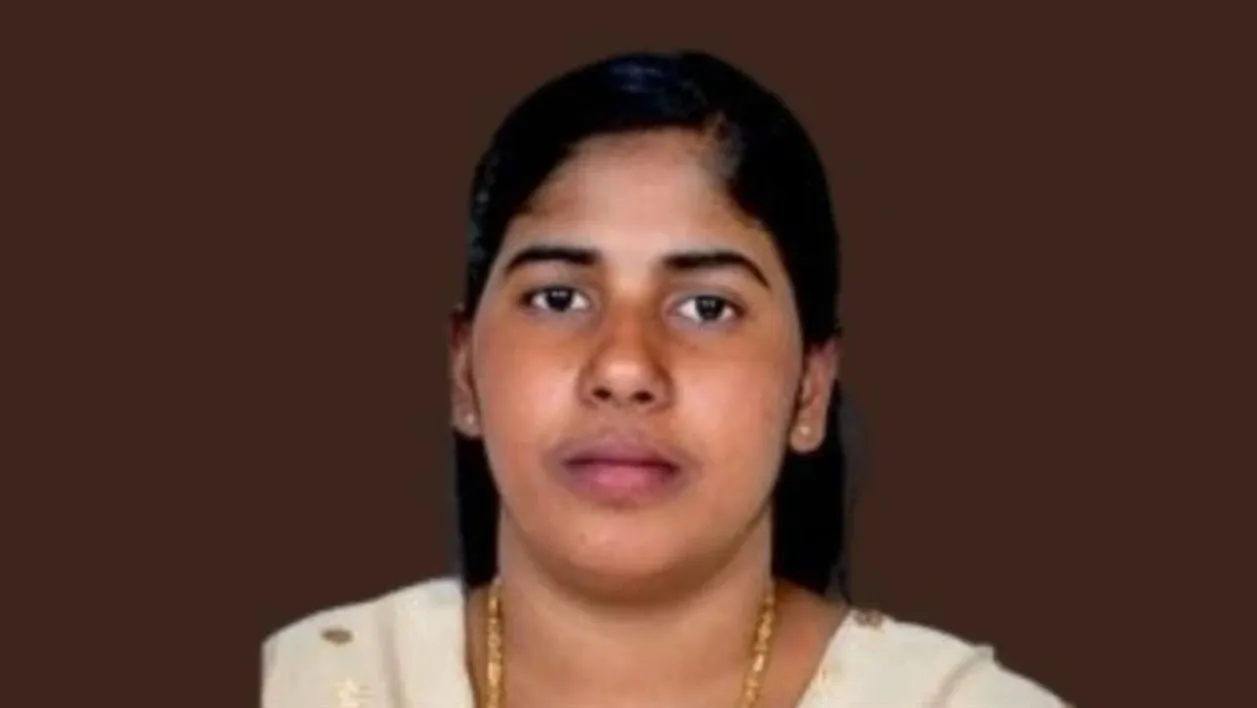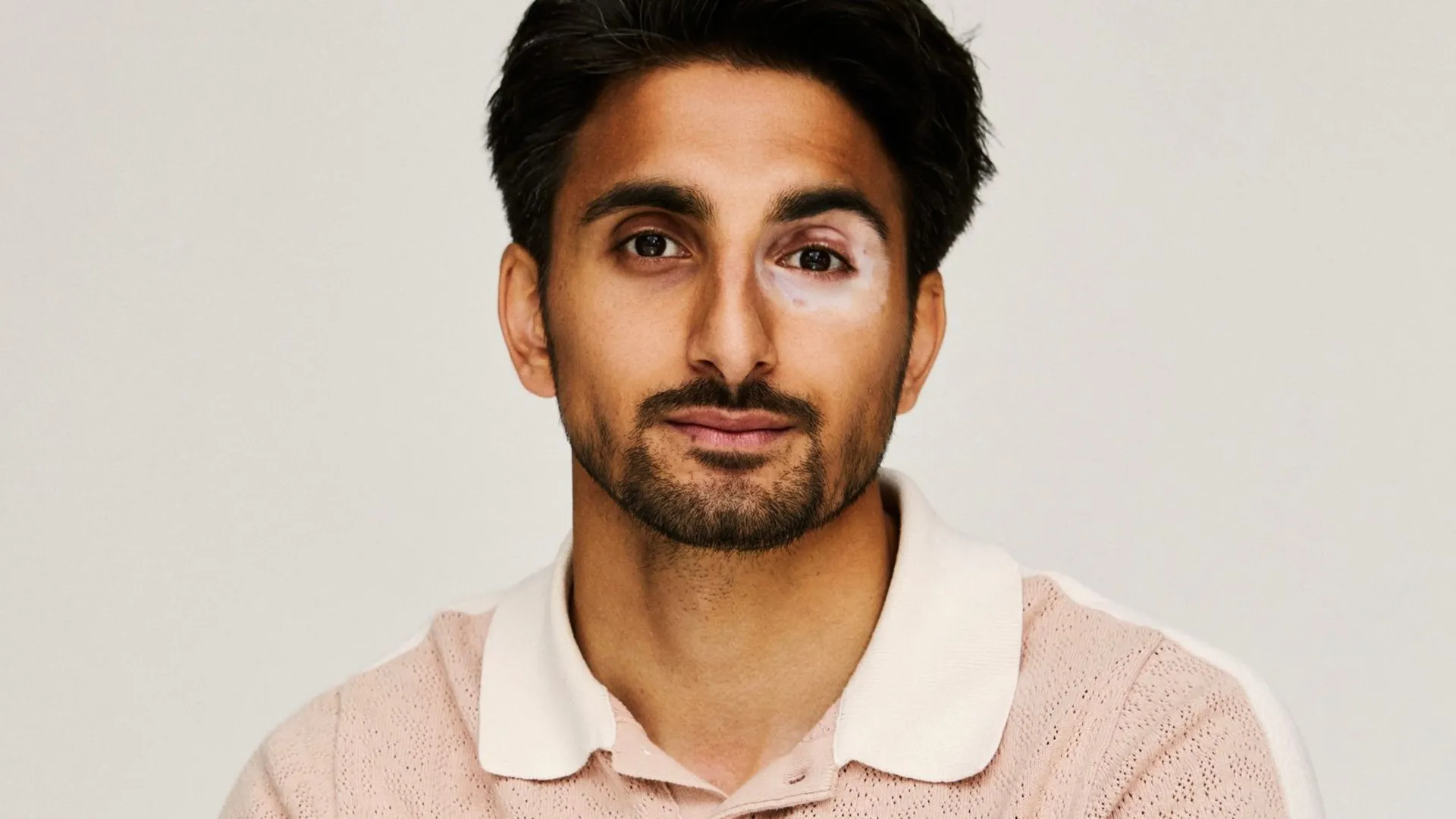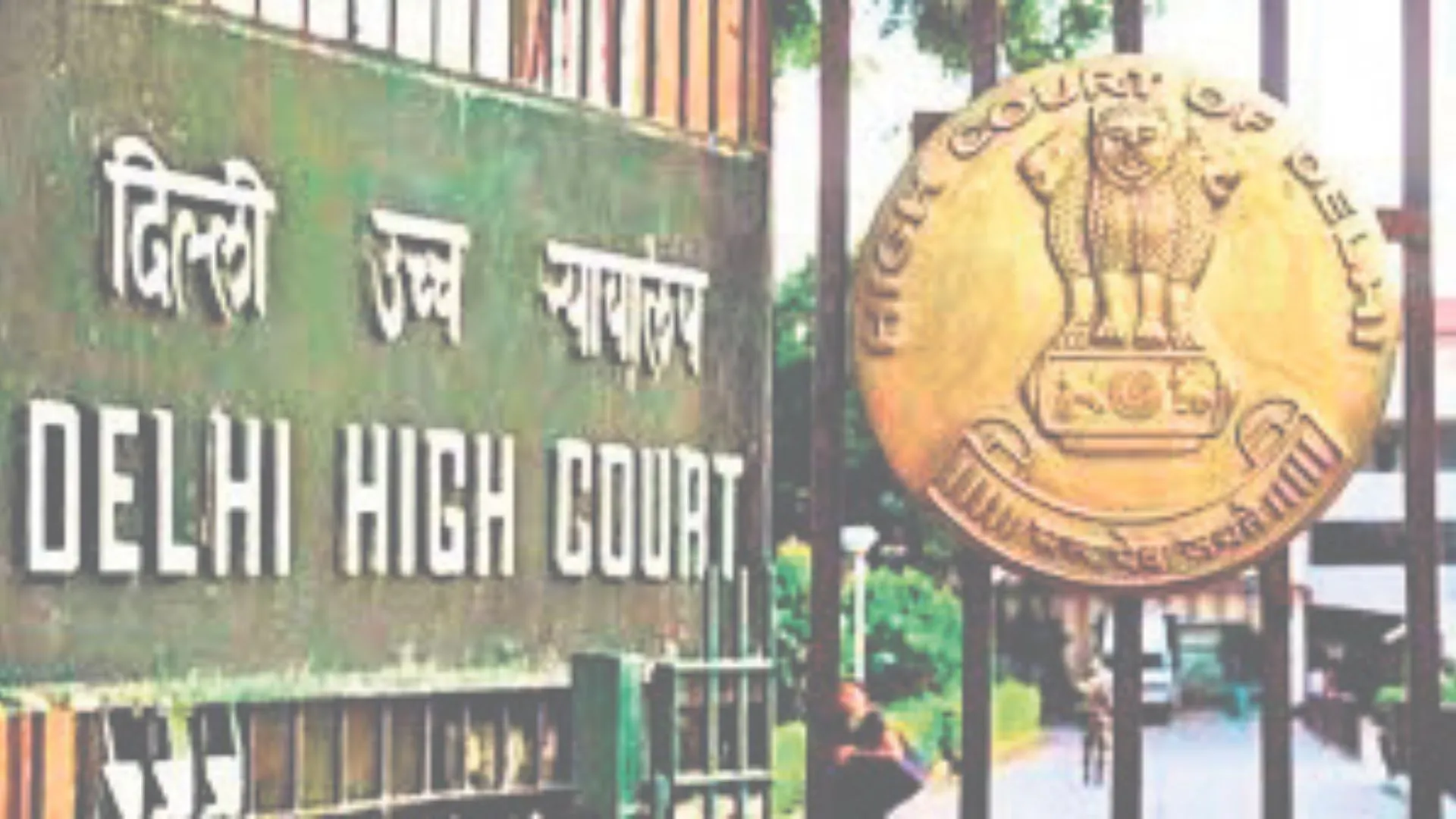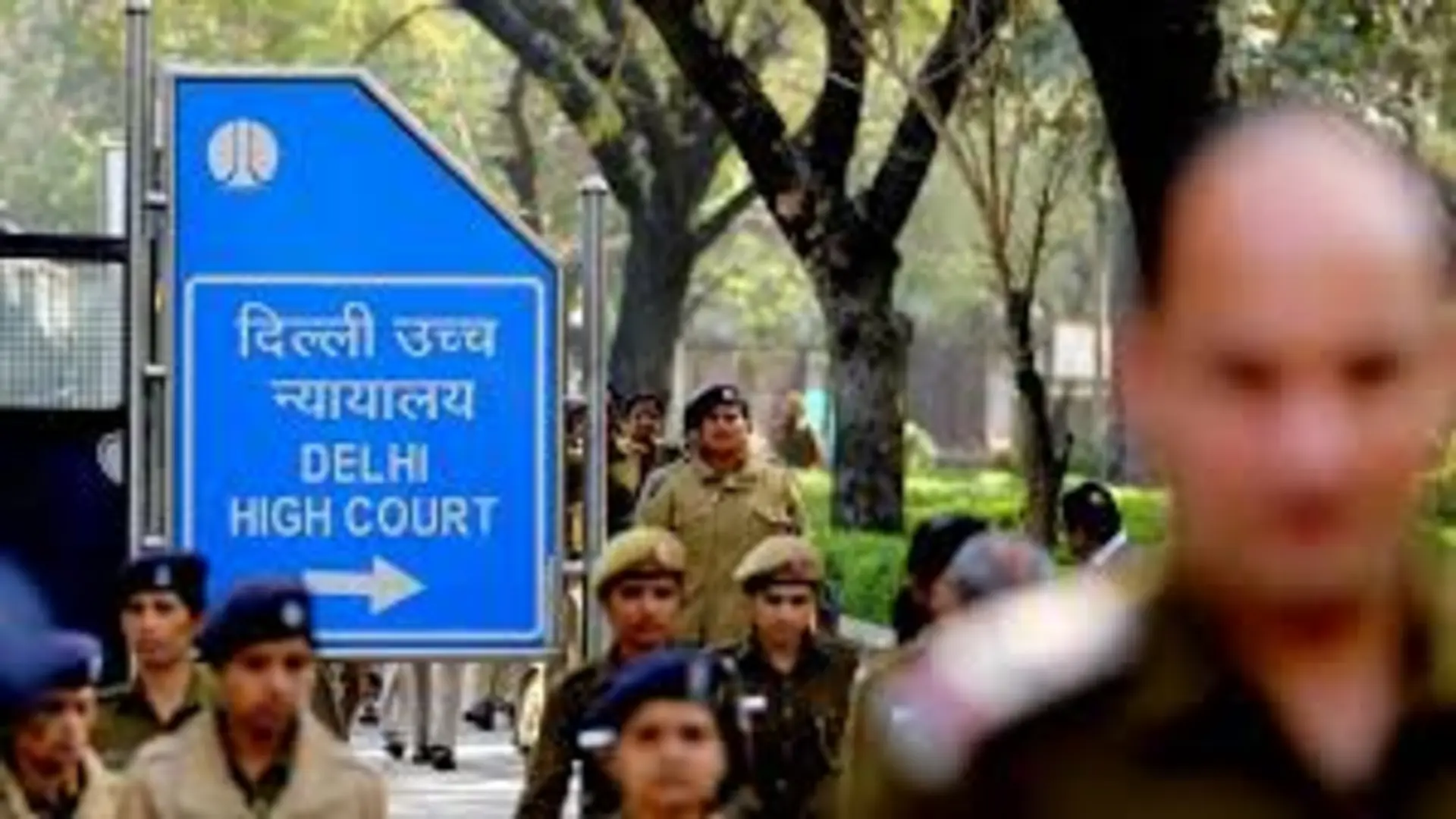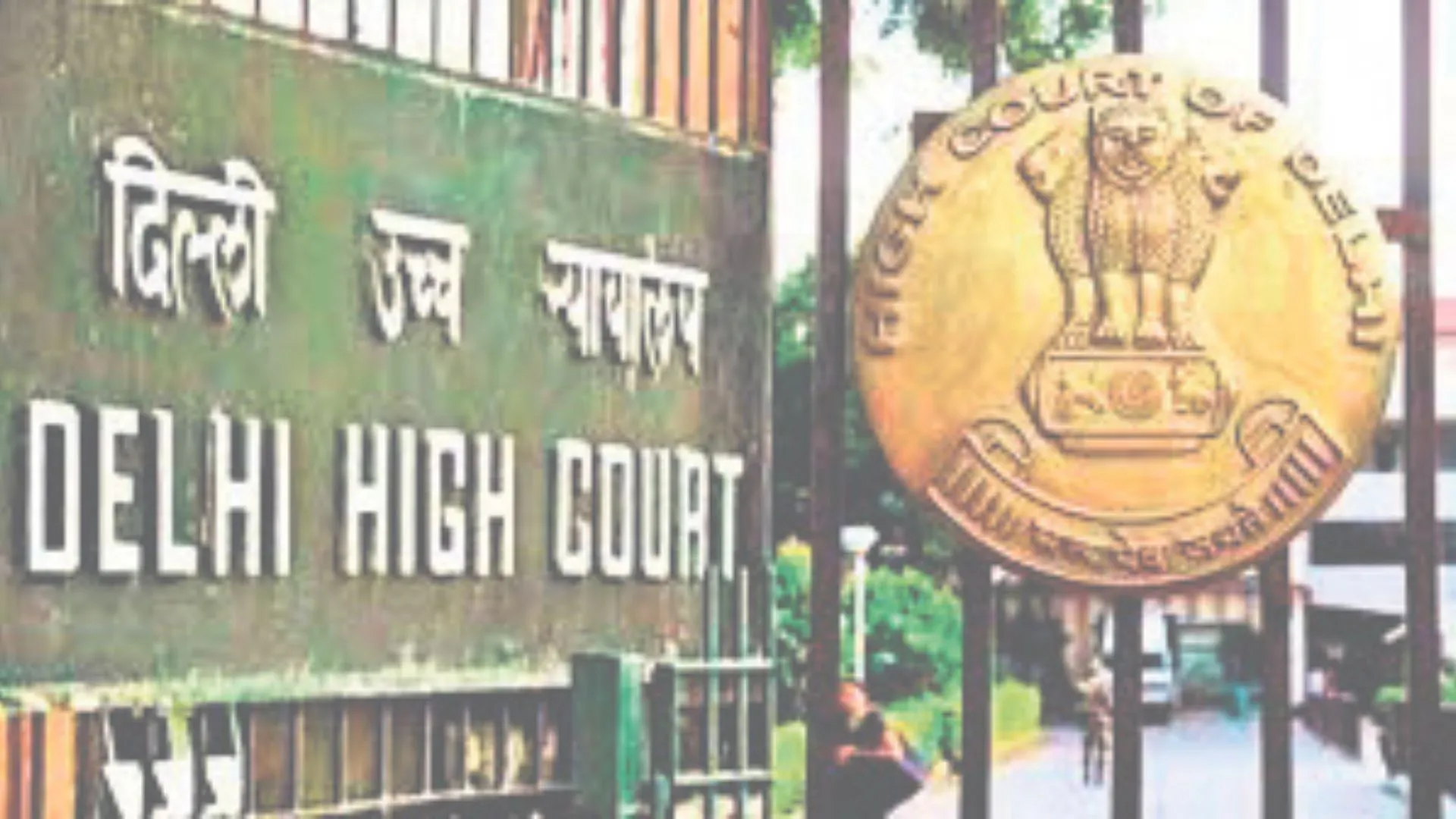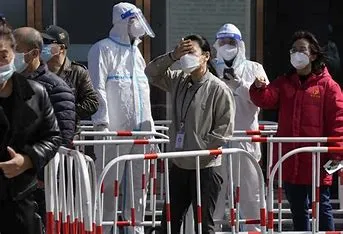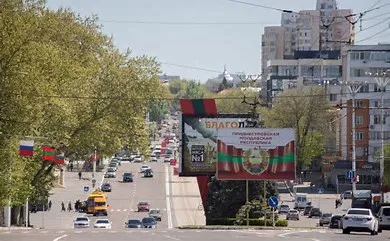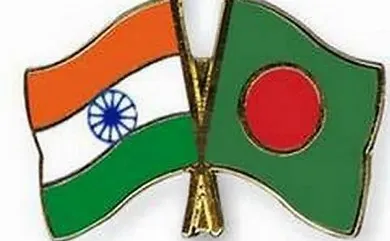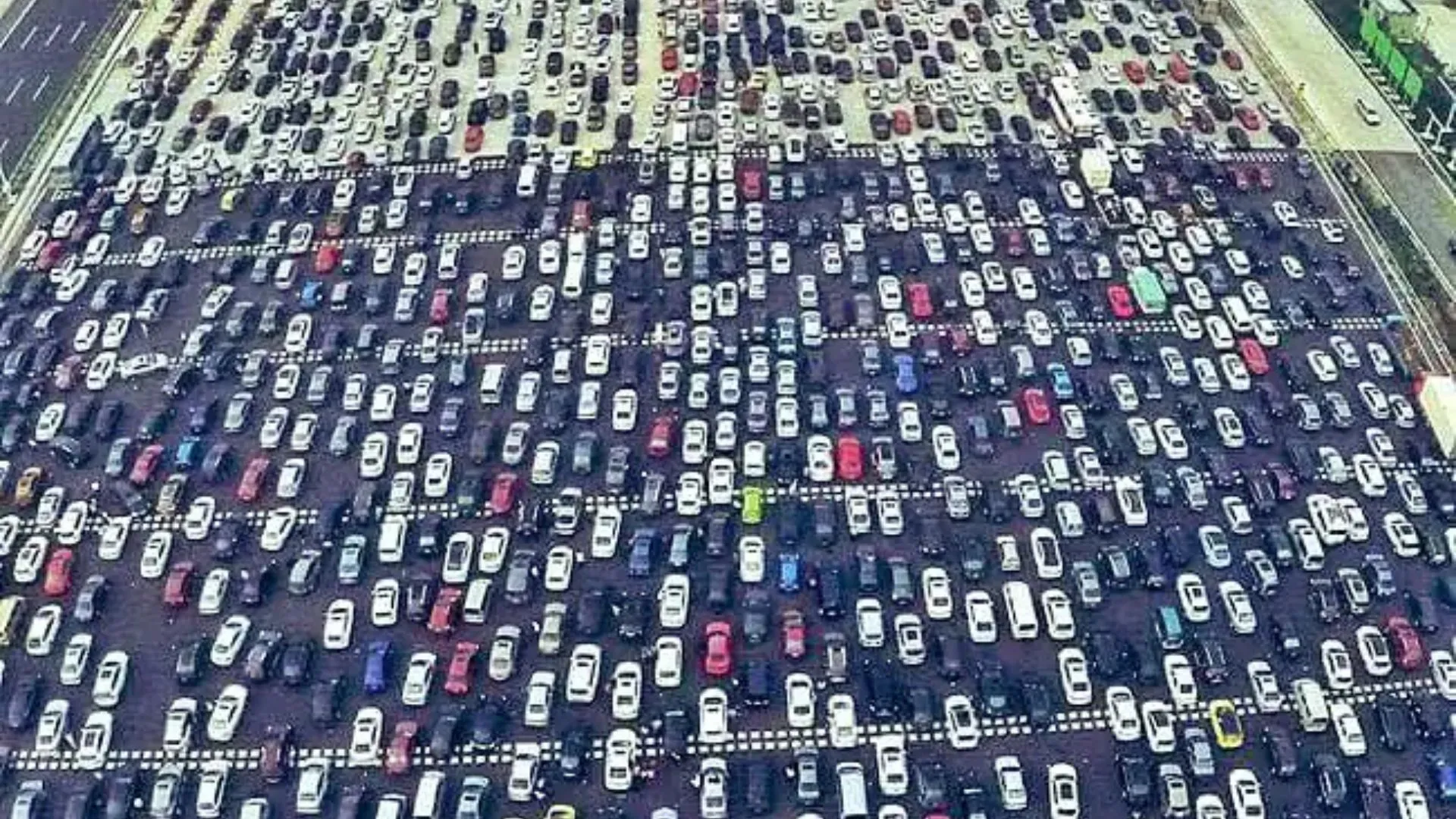While taking a pragmatic approach, the Bombay High Court has as recently as on August 25, 2021 in a learned, laudable, latest and landmark judgment titled Sunil Hirasingh Rathod Vs State of Maharashtra in Criminal Appeal No. 1137 of 2018 along with Criminal Appeal No. 1039, 1102 and 1114 of 2018 reiterated in a case under the Prevention of Corruption Act (PC Act) that mere recovery of tainted money from the accused in the absence of proof of demand is not sufficient to sustain the conviction. It must be apprised here that the Bombay High Court has observed that in a criminal trial, an accused doesn’t have to prove his case with the same rigour with which the prosecution is required to prove theirs. It said that once the accused gives a reasonable and probable explanation, the prosecution must prove the explanation is false. It must be mentioned here that the observation was made by a Single Judge Bench comprising of Justice Bharati Dangare of Bombay High Court in the backdrop of ‘permissible level of presumption of motive’ under Section 20 of the Prevention of Corruption Act.
To start with, a Single Judge Bench of Justice Bharati Dangare of Bombay High Court who authored this brief, brilliant, balanced and bold judgment sets the ball rolling by first and foremost observing in para 1 that, “Through the above mentioned four Appeals, five accused persons assail the judgment and order of conviction and sentence passed in Special Case No. 60 of 2015 by the Special Judge, Mumbai on 18th August 2018 and seek their acquittal, on reversing the impugned judgment holding them guilty of the offence punishable under the Prevention of Corruption Act, 1988 Appeal No. 1039 of 2018 is filed by two appellants, Vilas Ganpati Khillari, Assistant Engineer and Balaji Gurupadabba Birajdar, Sub-Engineer working in MCGM, F/North Zone, E Ward, Byculla. In Appeal No. 1137 of 2018, the applicant is one Sunil Rathod, Executive Engineer, MCGM, F/North Zone, E Ward, Byculla, Mumbai. Appeal No.1102 of 2018 is instituted by Satish B. Palav working as Liaison Officer through Architect engaged by the complainant and fourth Appeal vide No.1114 of 2018 is filed by Narayan J. Patil, a private person.
In view of the order passed on 22th October 2018 in Criminal Application No.1611 of 2018, in Appeal No.1137/2018, the hearing of the Appeal was expedited. The office made the Appeal ready for final hearing in the month of April 2021 along with the connected Appeals. By consent of all the parties, the Appeals were taken up for hearing.”
To put things in perspective, the Bench then envisages in para 3 that, “The appellants are described by their nomenclature during the trial, in view of the distinct appeals which they have filed.
Before proceeding to the challenge to the impugned judgment, the prosecution case can be briefly summarized as under :-
4 In the month of October 2014, the Accused no.1 was serving on the post of Assistant Engineer, MCGM, FNorth Zone, E-Ward, Byculla, Mumbai, while the Appellant No.2 was serving as Sub-Engineer in the very same office in which the Appellant Sunil Rathod was serving as Executive Engineer. The accused nos.1 to 3 were public servants within the meaning of Section 2(c) of Prevention of Corruption Act, whereas the appellant no.4 is a private person, an Architect by profession and engaged in liasoning work between various persons and MCGM Officials. Accused no.5 was working as helper with one of the Architects in Mumbai.
The complainant (PW 1) and his partner PW 2 are into construction business being carried out in the name and style as “Tirupati Developers”. The business is run as a partnership firm, which is registered, having its office at Dombivali and the prosecution case revolve around a development work being undertaken by the said firm in respect of one Date Bhavan located at 167-B, City Survey No.144-B, 10, Babasaheb Ambedkar Road, Mumbai. An application was moved for permission for redevelopment and construction work from the Government of Maharashtra. After obtaining the said permission, applications were moved with the MCGM for the project to be undertaken. The case of the prosecution is that the Accused nos.1 to 3 were handling the work of grant of Intimation Of Disapproval (IOD) for the complainant’s firm and that the accused no.1 and 2 demanded sum of Rs.15 lakhs and Rs.10 lakhs respectively from the complainant on 10th October 2014 for issuance of IOD for their project and since the complainant had no intention to pay the bribe amount as demanded, he lodged a complaint with the office of Anti Corruption Bureau (ACB).
For the purpose of verification of the demand, the panch witnesses were directed to accompany the complainant and accordingly, they visited the office of the accused persons on 10/10/2014, 16/10/2014, 17/10/214 and 18/10/2014 and the prosecution claim that the demand of bribe amount by the accused nos.1 and 2, was verified. The conversation between the complainant and the accused persons came to be recorded. The eventual trap was laid on 20/10/2014, during which the prosecution claim that the accused no.1 accepted the bribe amount of Rs.10 lakhs from the complainant through accused no.4 Shri Palav, whereas the accused no.2 Balaji Birajdar accepted bribe amount of Rs.5 lakhs from the complainant, and he transmitted the amount outside his office through Accused no.5 Narayan Patil. As per the instructions given to the complainant, when the pre-decided signal was received, the raiding team of the ACB arrived along with the panchas and the bribe amount came to be recovered from accused no.4, whereas Accused No.2 who had handed over the amount to accused no.5, was called with the amount and accordingly, an amount of Rs.5 lakhs came to be recovered from him. The bribe amount was scanned under U.V rays and traces of Anthracene Powder was found on the person of the accused nos.1 and 2 along with accused nos.4 and 5.
5 The trap by ACB and the recovery of bribe money culminated in registration of FIR at the instance of the complainant with ACB, BN, Mumbai, vide C.R. No. 74 of 2014, invoking Sections 7, 13(1)(d) and 12(2) of the Prevention of Corruption Act, 1988. On completion of investigation, charge-sheet came to be filed before the learned Special Judge, Mumbai and the case was registered as Special Case No.60 of 2015.
6 Charge came to be framed against the accused persons initially on 29th November 2016 and additional charge was framed on 4th June 2018. It would be appropriate to refer to the charge levelled against the accused persons for effective appreciation of the case of the prosecution.
Accused nos.1 to 3 are charged under the P.C. Act, in their capacity as public servants. They are charged under Section 7 of the P.C. Act for demanding and attempting to obtain sum of Rs.15 lakhs and Rs.10,000/- respectively from the complainant on 10/10/2014 as gratification other than legal remuneration as a motive or reward for showing favour to the complainant for starting redevelopment work at Date Bhavan which they were authorized to give. Further, the accused no.1 also faced charge for demand and attempt to obtain an amount of Rs.15 lakhs on 16th October 2014 as a gratification or reward for issuing IOD and thereby committing offence under Section 7. of the Act. Both the aforesaid accused persons are further charged for demanding and accepting bribe on 20th October 2014 at 3.30 p.m from the complainant. The said accused persons are also charged with Section 13(1)(d) read with Section 13(2) of the Prevention of Corruption Act by obtaining pecuniary advantage on 20/10/2014 at 3.30 p.m in the BMC Office, Byculla, Mumbai. As far as accused no.3, the Executive Engineer is concerned, he is charged for abetting accused nos.1 and 2 in commission of the offence by threatening the complainant to comply with the aforesaid demand on the aforesaid date, time and place, and by giving guarantee of performance of job to the complainant in satisfaction of the illegal demand and thereby committing an offence punishable under Section 12 of the P.C. Act. The private person Satish Palav (Accused no.4) is charged for accepting an amount of Rs.10,000/- on 20/10/2014 from the complainant by and on behalf of accused no.1. and for remaining present with him while the amount of Rs.5 lakhs was accepted by accused no.2. He is charged under Section 12 of the P.C. Act. As far as accused no.5 is concerned, he is charged for helping accused no.2 in moving away the tainted amount of Rs.5 lakhs from his drawer outside his office so as to cause disappearance of the amount and thereby committing an offence punishable under Section 12 of the P.C. Act.
The additional charge was framed against accused no.2 under Section 7 of the Act for demanding an amount of Rs.10 lakhs on 18/10/2014 and for conceding to the request of the partners of the firm to reduce the amount and accept the same as illegal gratification other then legal remuneration and thus for committing an offence under Section 7 of the Act.
As all the accused persons, pleaded not guilty, they were subjected to trial in the Special Court.
7 At the commencement of the trial, the Public Prosecutor tendered a list of documents to be relied upon by the prosecution and accused nos.1 to 3 barring their service record, did not admit any documents, whereas accused nos.4 and 5 did not admit a single document.
The prosecution laid its case before the Special Court through 11 witnesses; the complainant being examined as PW 1 along with his partner Jagdish Raje being examined as PW 2. PW nos.3 and 4 are the technicians with the ACB who recorded the voice sample and the verification, pre-trap and post-trap panchnama. PW 5, PW 7 and PW 8 are the Nodal Officers of the Service Provider who produced CDR of the mobile phones. Two panch witnesses who participated in the raid are examined as PW 6 and PW 9. The Investigating Officer of ACB is examined as PW 10, whereas Scientific Officer at FSL on the point of the recorded conversation is examined as PW 11. The sanction to prosecute the accused persons issued by the Commissioner of Municipal Corporation qua accused nos.1 to 3 is also produced on record by the prosecution. The statement of all the accused persons came to be recorded under Section 313 of the Code of Criminal Procedure where apart from denying the prosecution case, all five accused persons submitted a written say in support of their defence, with a plea of false implication and to establish their innocence.
8 On appreciation of the material placed before it, learned Special Judge found the accused guilty of charge framed and recorded a finding of guilt and on hearing the accused on sentence, imposed the sentence. The accused nos.1 and 2 on being convicted under Section 7 of the P.C. Act are sentenced to suffer RI for 3 years and to pay fine of Rs.15,000/-, and in default to suffer SI for 3 months. As far as their conviction under Section 13(1)(d) read with Section 13(2) of the Act is concerned, both the accused are sentenced to suffer RI for 4 years and to pay fine of Rs.5,000/- and in default to suffer SI for three months. Sentences imposed are directed to run concurrently. Accused no.3 is convicted for the offence punishable under Section 7 of the Act and sentenced to suffer RI for 3 years with fine of Rs.10,000/-, in default to suffer SI for 3 months, though never charged u/s.7 of the Act. Accused nos.4 and 5 on being convicted under Section 12 of the Act are sentenced to suffer SI for three years and fine of Rs.5,000/- in default to suffer SI for three months.
It is against this judgment, the present four Appeals are instituted by the five accused persons.”
Be it noted, the Bench then observes in para 48 that, “The inconsistencies in the version of the prosecution witnesses are not in form of mere marginal variation but the inconsistencies and the omissions which amount to contradictions in material particulars go to the root of the case and materially affect the case of the prosecution. The version of PW 1 and PW 2 which itself is full of inconsistencies and the version of complainant read with the version of PW 6 and PW 9 who were assigned the task of following the complainant to verify the demand, make the case of the prosecution doubtful and render the testimony of PW 1/complainant, liable to be discredited.”
It is worth noting that the Bench then observes in para 51 that, “While deciding any case involving the offence under the Anti Corruption Law, one more aspect which is to be borne in mind is that the complainant’s evidence has to be scrutinized meticulously, since giving bribe is also an offence, but, then in order to arrest a person who has demanded and then accepting the bribe, testimony of such persons require to be carefully tested. In Panalal Damodar Rathi vs. State of Maharashtra, AIR 1979 SC 1191, it has been held as under :-
“There could be no doubt that the evidence of the complainant should be corroborated in material particulars. After introduction of Section 165-A of the Indian Penal Code making the person who offers bribe guilty of abetment of bribery, the complainant cannot be placed on any better footing than that of an accomplice and corroboration in material particulars connecting the accused with the crime has to be insisted upon.”
The complainant himself is in the nature of accomplice and his version, prima facie, demand a corroboration in material particulars which is conspicuously absent in the case of the prosecution. Demand of gratification cannot be held to be proved only on the basis of complaint filed and the legal position being well settled to the effect that any absence of proof of demand, mere recovery of tainted money from accused, cannot sustain his conviction.”
Most significantly, the Bench then waxes eloquently to state elegantly in para 52 which forms the cornerstone of this judgment that, “Another settled position of law requires a reiteration. As far as the presumption permissible to be drawn under Section 20 of the P.C. Act is concerned, it can only be drawn in respect of offence under Section 7 and not for the offence punishable under Section 13(1)(d)(i)(ii) of the Act. In any event, it is only on proof of acceptance of illegal gratification that a presumption can be drawn Proof of acceptance of illegal gratification can follow only if there is proof of demand.
The law is well crystallized that demand of illegal gratification is sine qua non for the constitution of an offence under the provisions of the Act It would be useful to refer the observations of the Hon’ble Apex Court in the authoritative pronouncement of State of Maharashtra v. Dnyaneshwar Laxman Rao Wankhede, which read as under :-
“In indisputably, the demand of illegal gratification is a sine qua none for constitution of an offence under the provisions of the Act. For arriving at the conclusion as to whether all the ingredients of an offence, viz. Demand, acceptance and recovery of the amount of illegal gratification have been satisfied or not, the court must take into consideration the facts and circumstances brought on the record in their entirety. For the said purpose, indisputably, the presumptive evidence, as is laid down in section 20 of the Act, must also be taken into consideration but then in respect thereof, it is trite, the standard of burden of proof on the accused vis-a-vis the standard of burden of proof on prosecution would defer. Before, however, the accused is called upon to explain as to how the amount in question was found in his possession, the foundational fact must be established by the prosecution. Even by invoking the provisions of Section 20 of the Act, the Court is required to consider the explanation offered by the accused, if any, only on the touchstone of preponderance of probabilities and not on the touchstone of proof beyond reasonable doubt.”
The burden to be discharged by prosecution before sustaining a conviction of an accused under the Prevention of Corruption Act is completely absent in the present case. Proof of acceptance of illegal gratification can follow only when there is proof of demand. The same is conspicuously lacking in the present case and the primary facts on the basis of which presumption under Section 20 of the Act can be drawn are completely amiss. The mere possession and recovery of currency notes from the accused without proof of demand will not establish the offence under Section 7. Further, the same shall be conclusive insofar as the offence under Section 13(1)(d)(i)(ii) is concerned as in the absence of proof of demand for illegal gratification, use of corrupt or illegal means of abuse of position as public servants to obtain any valuable thing or pecuniary advantage, cannot be held to be established. The demand of gratification cannot be said to be proved only on the basis of the allegations levelled in the complaint in absence of the allegations levelled in the complaint in absence of any corroboration to that effect. Mere recovery of tainted money from the accused in absence of proof of demand is not sufficient to sustain the conviction. The three cardinal principles of criminal jurisprudence are well settled and in case of Rabindra Kumar Dey Vs. State of Orissa, AIR 1977 SC 170, they are highlighted as under :-
(i) that the onus lies affirmatively on the prosecution to proves its case beyond reasonable doubt and it cannot derive any benefit from weakness or falsity of the defence version while proving its case;
(ii) that in a criminal trial, the accused must be presumed to be innocent unless proved to be guilty; and
(iii) that the onus of the prosecution never shifts.
Merely because of the existence of presumption under Section 20, the burden does not shift on the accused. The Evidence Act do not contemplate that the accused should prove the case with the same strictness and rigor as the prosecution is required to prove a criminal charge and it is sufficient if the accused is able to prove his case by standard of preponderance of probabilities as envisaged under Section 5 of the Evidence Act as a result of which he succeeds not because he proves his case to the hilt but because probability of the version given by him throws doubt on the prosecution case and, therefore, the prosecution cannot be said to have established the charge beyond reasonable doubt. Once the accused gives a reasonable and probable explanation, it is for the prosecution to prove affirmatively that the explanation is false. In criminal trial, it is not at all obligatory on the accused to produce evidence in support of its defence and for the purpose of proving his version, he can rely on the admissions given by prosecution witness or documents filed by the prosecution. The prosecution has to stand on its own legs, and if it fails to prove its case beyond reasonable doubt, the entire edifice of the prosecution case would crumble down.”

